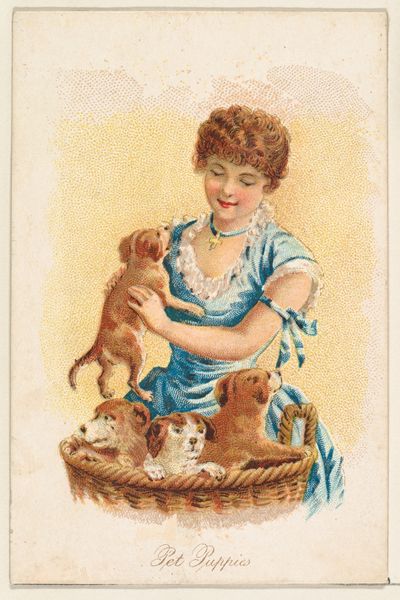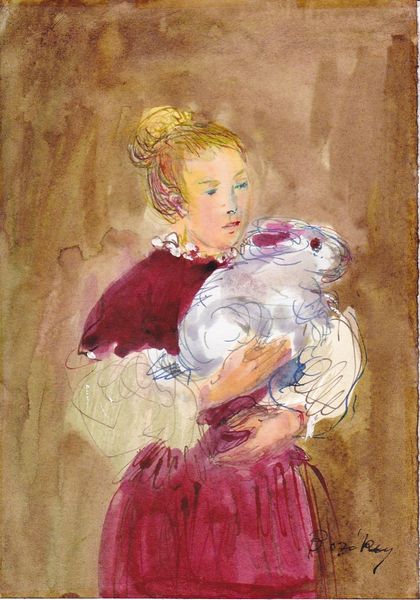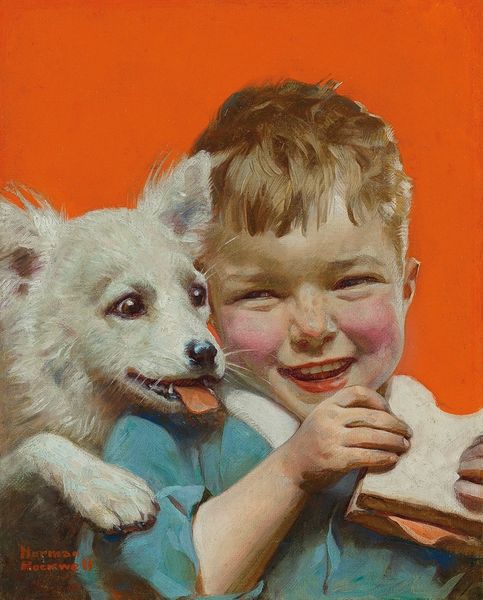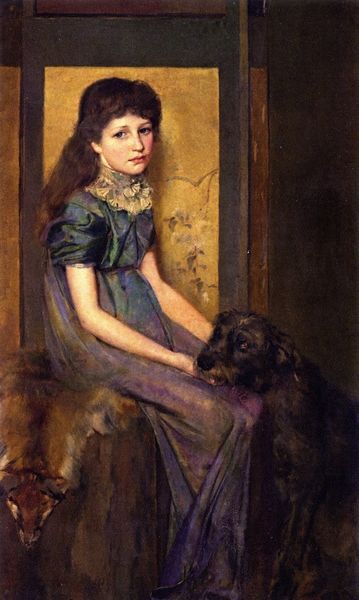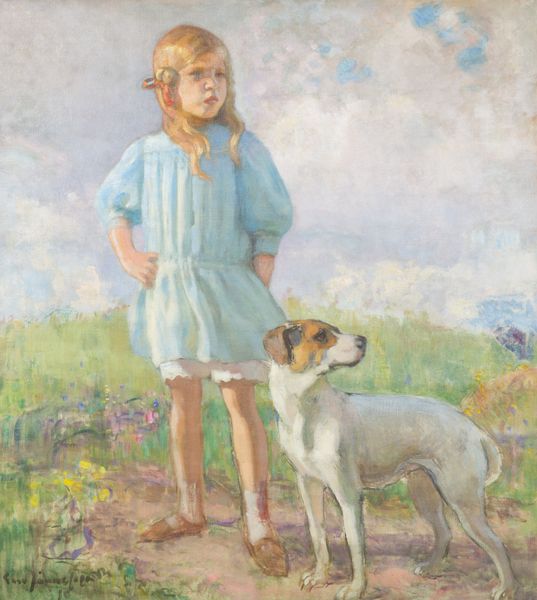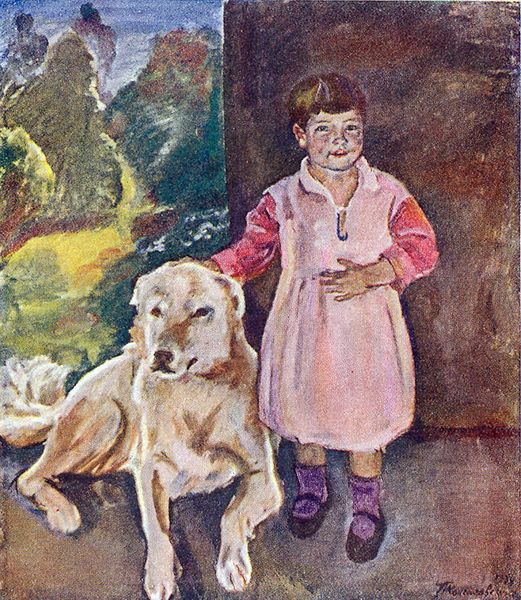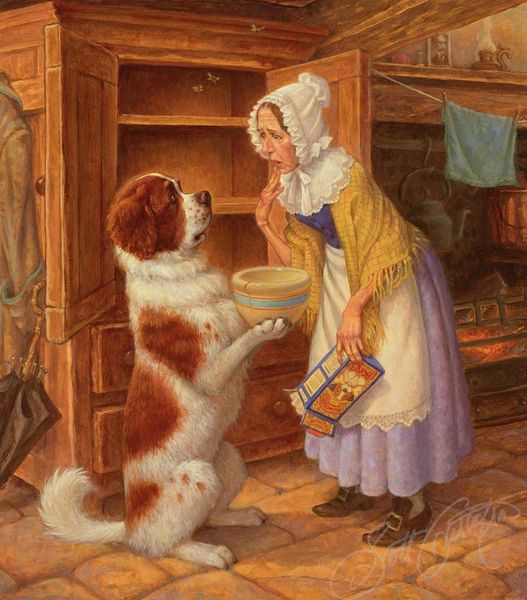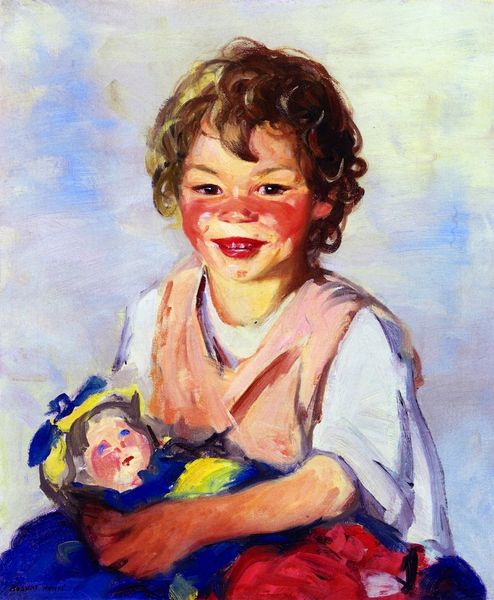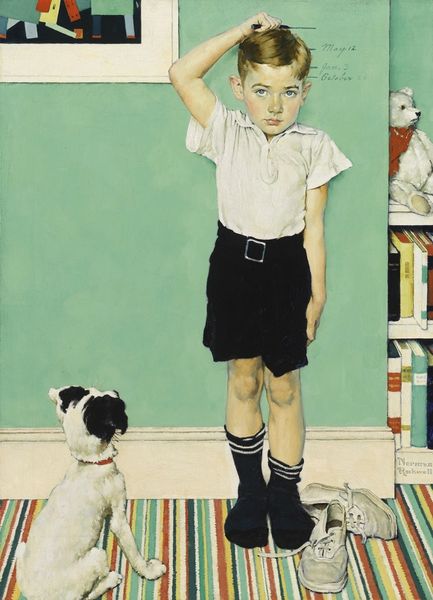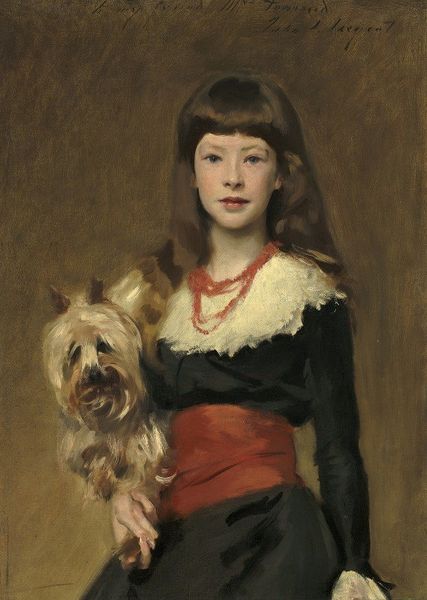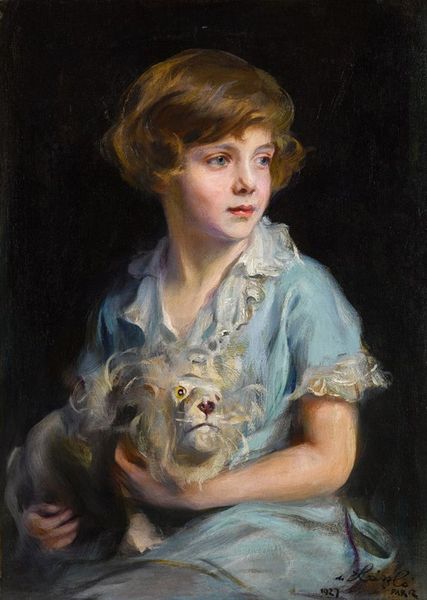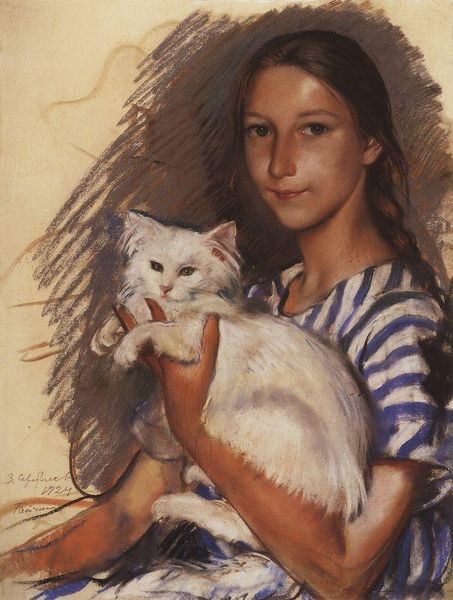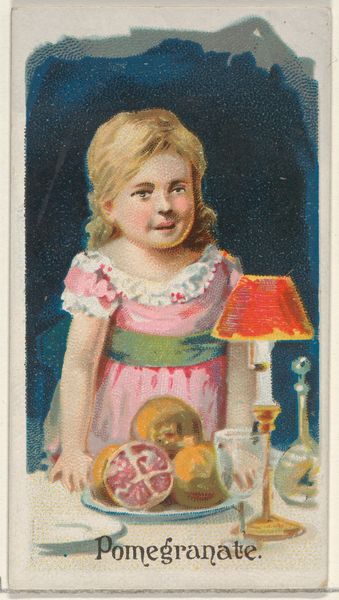
oil-paint
#
portrait
#
oil-paint
#
oil painting
#
portrait reference
#
genre-painting
#
realism
Copyright: Modern Artists: Artvee
Curator: Take a look at Norman Rockwell’s "Judy Garland as Dorothy in the Wizard of Oz," thought to have been painted around 1969 or 1970, executed in oil paint. What are your initial thoughts? Editor: Well, instantly, I’m drawn to the innocence and yearning captured in Judy Garland's gaze. There’s a sweetness, tinged with melancholy, that's beautifully rendered. The posse of characters forming her Oz, though pale, are readily known to all. It speaks to an idealized nostalgia. Curator: Exactly. The context is key. Rockwell created this well after the initial 1939 film. Consider what "The Wizard of Oz" represented by the late 60s—escapism in a turbulent time, or maybe even a simpler, more innocent version of American identity being contrasted with the reality of Vietnam and social unrest. Garland herself had lived a famously complicated life at this point. The image flirts with those multiple layers. Editor: And look at how he uses familiar iconography: Dorothy's braids and blue gingham dress are powerful visual signifiers of a particular kind of Americana. Toto, of course, reinforces this. But the way he mutes the figures of the Tin Man, Scarecrow, and Lion…they almost seem like fading memories. Curator: That's interesting because even within what seems a comforting image, there is commentary being offered about the performance of those symbolic representations that define American cultural narratives. Those narratives often flatten nuanced perspectives or lived realities. Rockwell’s known for these subtleties. Editor: And there’s that central relationship between Dorothy and Toto, echoing throughout storytelling tradition and mythology! The unwavering loyalty, the journey into the unknown with a faithful companion, speaks to fundamental archetypes that transcend time. Curator: Yes, absolutely. And to connect that to social context again—what does that archetypal quest represent for the audiences viewing it decades later, perhaps disillusioned with grand narratives, with American exceptionalism itself? This makes it more than a simple portrait, as this portrait brings social critique in concert with other images of Rockwell’s body of work. Editor: Indeed, there's much to unravel beneath that deceptively simple surface, using these powerful motifs, these known faces. Curator: Agreed. A testament to how much visual symbolism, and social framework can affect our perception of something at first seemingly straightforward. Editor: Yes, each little clue gives the mind pause.
Comments
No comments
Be the first to comment and join the conversation on the ultimate creative platform.
